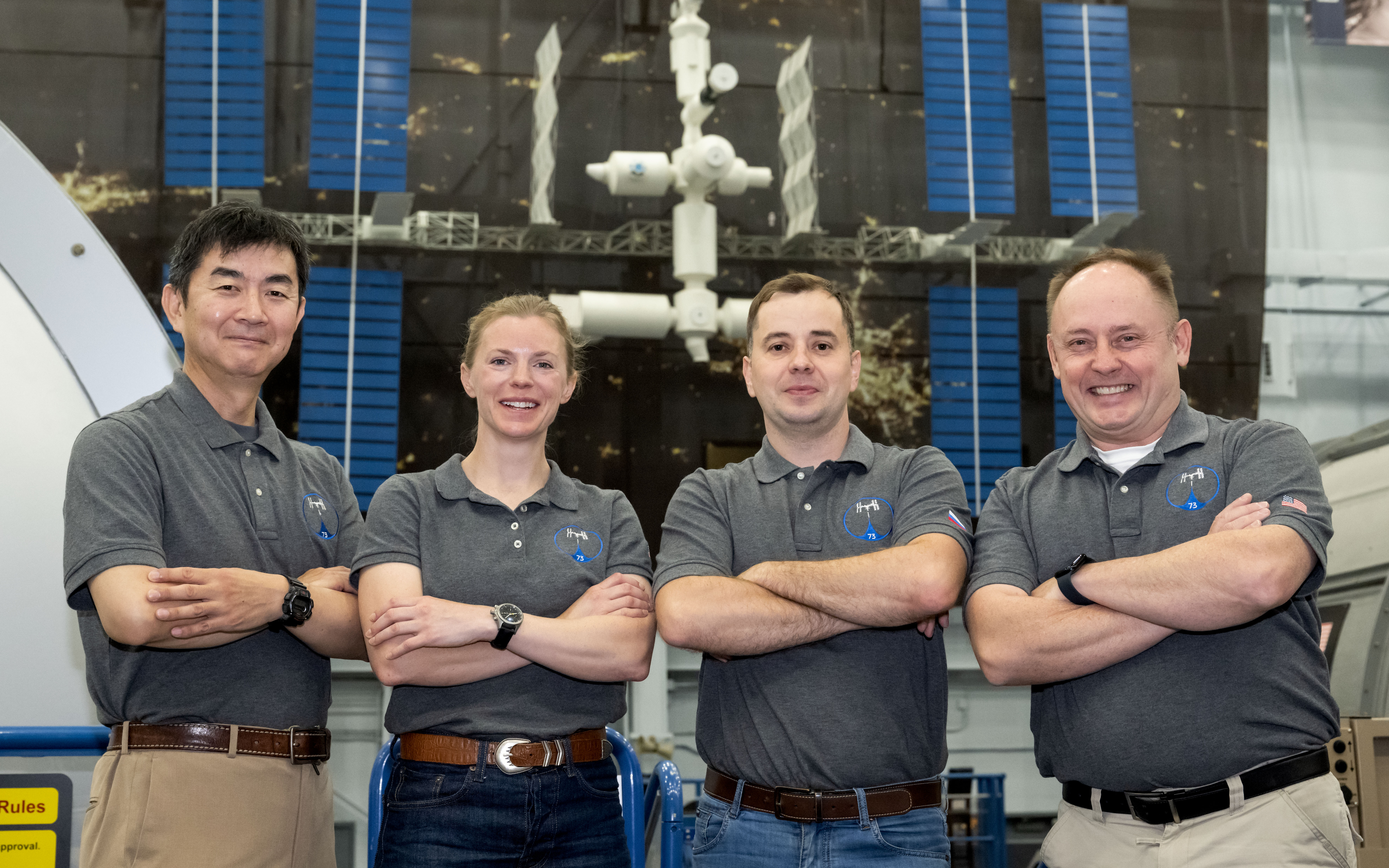Recently, a team of researchers from Stanford embarked on a tour of New York City apartments to understand the extent of pollution caused by gas stoves and how it flows from room to room. The research team, which is conducting a 10-city study, has found that harmful pollutants like nitrogen dioxides and planet-warming gases are emitted from blue flames of gas stoves. These concerns have led some cities and states to seek to phase out natural gas connections in new buildings. However, the issue has become polarizing, as evidenced by Republicans’ hearing of the House Oversight Committee on “examining the Biden administration’s regulatory assault on Americans’ gas stoves.”
The researchers visited eight New York City apartments to conduct day-long testing. The testing involved powering up analyzers and setting up nose-high tubes to pull in air samples. In one of the tests conducted, the kitchen doorway and window were closed, and nitrogen dioxide levels reached 500 parts per billion, five times the safety benchmark set by the Environmental Protection Agency. Opening the kitchen entrance and cracking open the window brought down nitrogen dioxide levels to around 200 parts per billion. However, fumes from the stove then seeped into the rest of the apartment, leading to nitrogen dioxide concentrations of about 70 parts per billion in one of the bedrooms.
One characteristic of New York residences is that people tend to go about their lives far closer to the gas stove than those in a suburban setting, which increases their exposure to pollutants. Several simple steps can be taken to reduce the danger, such as opening the windows and buying an air purifier. The team’s results are preliminary, but they are in line with a body of scientific research that has linked gas stove emissions to harmful pollution affecting both climate change and public health.
Today, more than 60 percent of American households use electricity to cook, and the Biden administration has proposed to expand gas stove efficiency rules, with an estimated $100 million in energy savings for people on top of climate and health benefits. Several cities in mostly blue states have passed or considered bans on new gas hookups, which effectively requires electric cooking and heating in new construction. In contrast, some red states have moved to pre-empt these bans. The Stanford team plans to test gas stoves in Europe and Asia. They expect to find even smaller living spaces, which could mean higher concentrations of pollutants and more exposure in Asian cities as well.














